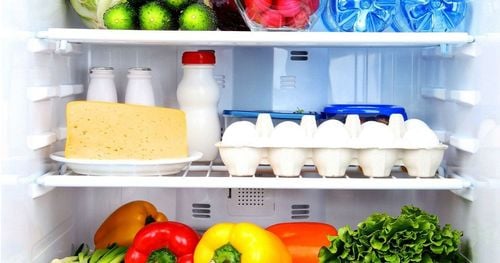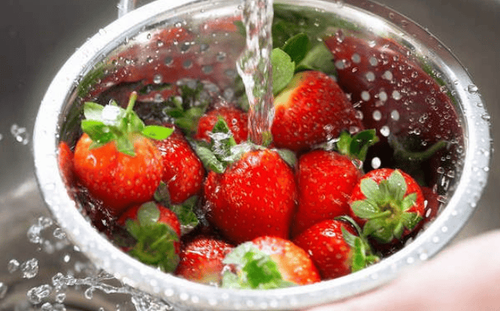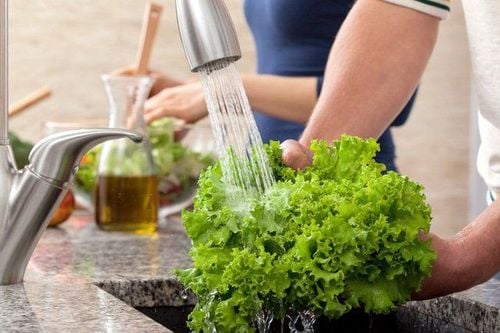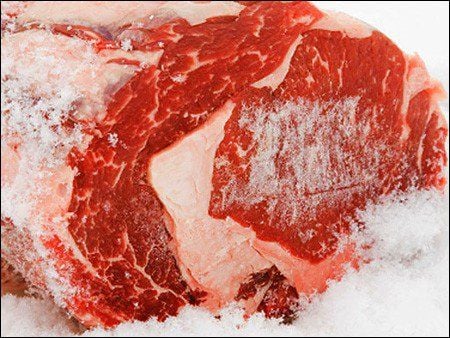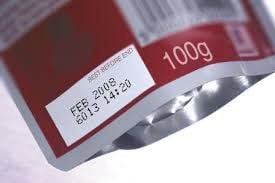This is an automatically translated article.
Many common food handling habits can breed and spread bacteria. They can also give you and your family food poisoning or other problems. Therefore, follow safety measures and store food properly.
1. Clean surfaces with water only
Listeria bacteria can survive on surfaces for up to 6 days and cause food poisoning when ingested. It forms a film that is difficult to destroy, so not only cleaning but also sterilization is required to remove bacteria.
First, clean surfaces with hot soapy water to remove stains. Then, spray with a disinfectant and let it sit long enough to kill the bacteria (each spray has a different time period, see label for details). Finally, rinse if necessary and let dry.
2. Do not wash plastic bags for reuse. Reusing plastic bags is a good measure to protect the environment. However, the reuse without sterilization can cause food to be contaminated, harmful to health. Especially with plastic bags containing fresh foods such as meat, fish, vegetables, they can contain dangerous bacteria that cause food poisoning such as salmonella or E.coli. So, when you want to reuse plastic bags, you should put them in the washing machine to wash and dry.
3. Put fresh food directly into a large reusable bag When shopping for food at the supermarket, you should put raw meat, poultry or fish together in a disposable plastic bag before placing it in a large bag Reuse. This has the effect of ensuring food safety by separating raw food from other foods to avoid bacterial contamination. Discard the single-use plastic bag after use.
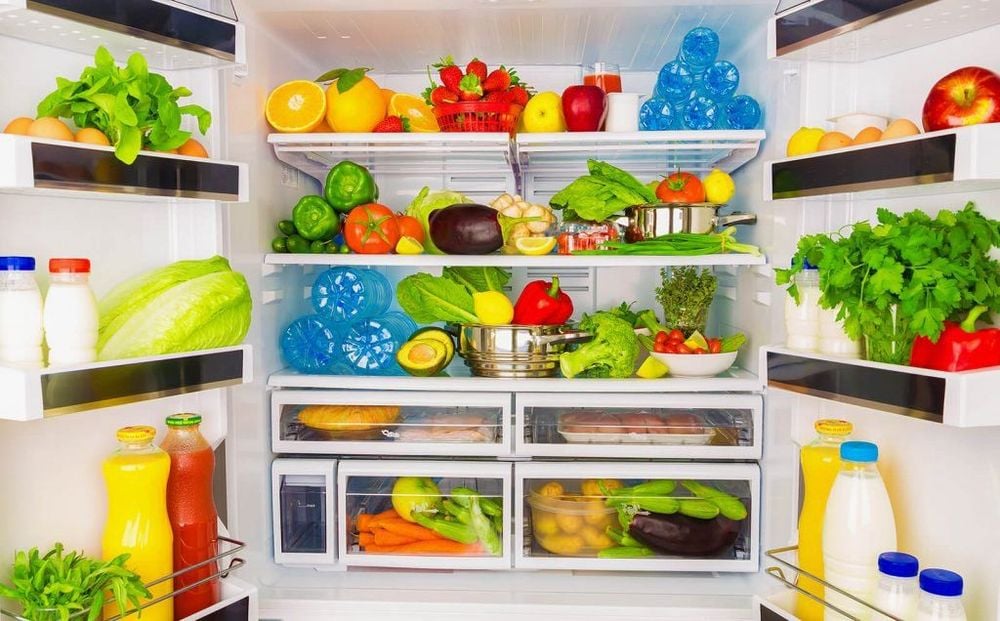
Tủ lạnh phải đủ lạnh mới có khả năng ngăn vi khuẩn phát triển
5. Refrigerator is not cool The refrigerator must be cold enough to prevent bacteria from growing (that is, it must be outside about 4 - 60 degrees Celsius). To check the temperature, place a glass stove thermometer in a cup of water and place it in the center of the refrigerator for 5 to 8 hours. If the thermometer does not get below 4 degrees Celsius, readjust the temperature and try again. Meanwhile, the freezer needs to be below -18 degrees Celsius.
6. Storing and preserving food in the wrong place
For berries, mushrooms, lettuce and similar foods, they should be transferred directly to the refrigerator for storage. In addition, foods that have been cut or peeled should also be refrigerated. 2 hours is the longest time that pre-cut fruits and vegetables can be left in the open air.
7. Do not wash the surface of the food If you are cutting a pineapple or watermelon to eat, even if you do not eat the peel, you still need to wash it under running water. Knives should also be washed before cutting to avoid carrying dirt and bacteria into the fruit.
8. Check the heat of the meat Can you tell if the meat is cooked just by looking at it? Color and texture alone does not guarantee food is safe enough to eat. Only by using a meat thermometer can one know for sure. Meat, poultry, seafood and eggs need to reach a certain internal temperature to kill harmful bacteria.
9. Not washing your hands enough Washing your hands before preparing meals is a step that most people take, however, that alone is not enough to ensure food safety because you can bring bacteria with you. bacteria when moving from one area to another. Therefore, to ensure better hygiene, you need to make sure to wash your hands with soap, rinse with water, and then dry each time you handle raw meat, eggs, poultry or seafood; cleaning or wiping with chemicals; touch the trash; touching domestic pets; cough and sneeze.
10. Utensils that are not clean The most feared item in the kitchen is not knives, but plates and sponges full of bacteria. So, every few days, pop the damp sponges in the microwave for 60 seconds, or put them in the dishwasher on a drying cycle. This will kill more than 99% of bacteria and viruses. Replace the sponge every 2 weeks. Dish towels can be put in the washing machine on a hot setting and dried on high heat.
11. Leaving food out for too long Put leftovers in the fridge as soon as possible. Cooked dishes and foods should not be left out for more than 2 hours and 1 hour if it is hot outside over 32 degrees Celsius.
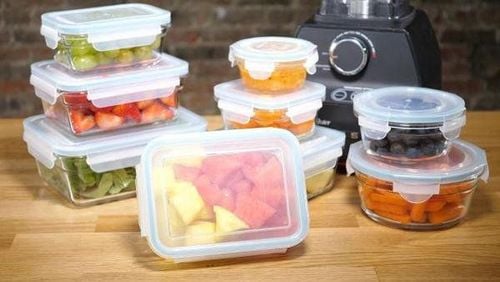
Cất thức ăn thừa vào tủ lạnh càng sớm càng tốt là cách bảo quản thực phẩm đúng cách
13. You put food out to defrost Never leave defrosted food outside. Instead, you can choose one of the following methods:
Put the meat in the refrigerator to thaw for a day or so before you want to use it. To speed up the process, soak the meat in cold water in a bag, changing the water every 30 minutes. Microwave on “defrost” mode, then cook immediately. What if there was absolutely no time left? You can cook frozen food directly, just add 50% of the cooking time. Above are the mistakes you should not make to ensure food hygiene and safety, help prevent food-borne diseases such as poisoning, chronic non-communicable diseases...
Please dial HOTLINE for more information or register for an appointment HERE. Download MyVinmec app to make appointments faster and to manage your bookings easily.
Reference source: webmd.com



